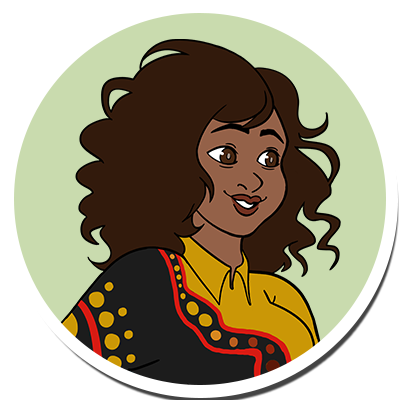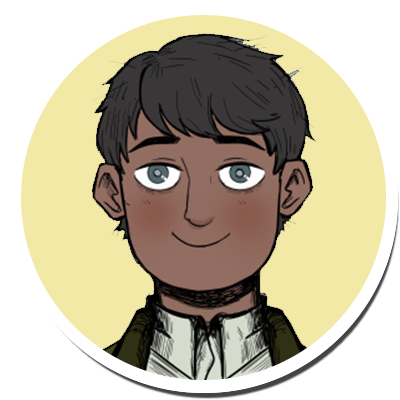
Forum

Thing - Visual communication
July 1st, 2021 by Jane Simmons Category: All 23 Things, Communication and collaboration, Productivity, Working with data
I’ve never been one for numbers, which I suppose is why infographics are useful. However, I’ve also never been one for visual creativity, so this really is a huge headache. Further, people these days can’t seem to communicate without putting an emoji on the end of everything, or sometimes don’t bother with words at all!
Upon researching this, I’ve discovered that this concept has a name: visual language. It’s a popular form of communication (see: diagrams, maps, paintings, etc.). It’s the idea of visualising thinking, rather than verbalising it. And this is where we get into semiotics and signs, and how people make sense of the world around them.
Were you aware that there are three types of visual signs used to communicate meaning?
- Icon: a sign has physical resemblance to what is represented (e.g. a drawing of a pencil looks like a pencil)
- Index: a sign that is evidence of what is represented (e.g. smoke indicates fire)
- Symbol: a sign that has no resemblance between the image and the meaning behind it, meaning of the symbols must be taught (e.g. red rose symbolising romantic love).
These are also important to know when producing marketing or branding, as all these visual things are a language that work together to create meaning. You would not use violent red or raging fires when promoting something peaceful, while you would also not typically use a classical work of art to sell seats to a boxing match. And apparently there is a difference in meaning or “feelings” between straight, curved and jagged lines…….
Do you see now why I am confused? There are many elements to visual language. Emojis (a type of icon) and infographics are simply another form of communication that I am yet to be fluent in. Additionally, emoji meanings evolve. There is a level of skill and patience to it, particularly when designing… Infographics therefore require skills in visual language as well as design programs.
 post by Jane Simmons
post by Jane Simmons
Author
 Akiko (3)
Akiko (3) Charlie (3)
Charlie (3) Freddie (4)
Freddie (4) Jane Simmons (4)
Jane Simmons (4) Jose (3)
Jose (3) Kris (3)
Kris (3) Samaira (3)
Samaira (3)Category
All 23 Things (23)Communication and collaboration (5)
Content creation (5)
Creativity and innovation (6)
Emerging technology (6)
Getting started (1)
IT Proficiency (5)
Life online (5)
Productivity (4)
Skills for educators (6)
Working with data (4)